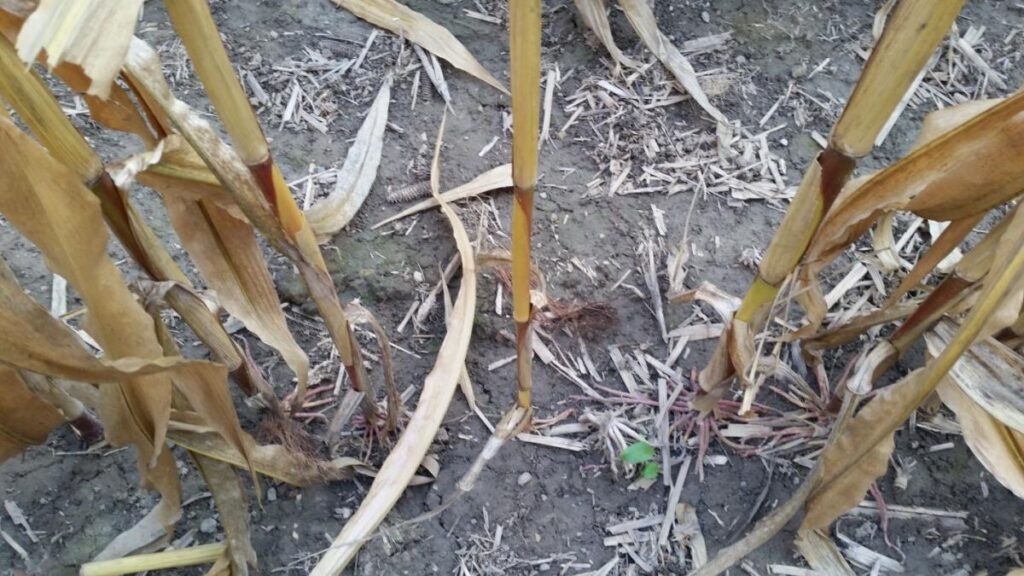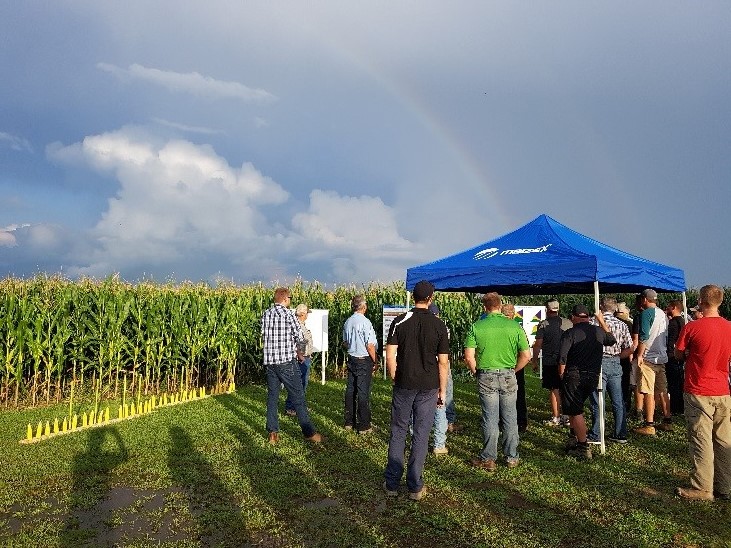Plotting for Success
April 5, 2019 | Category: Agronomy |Spring is here but it’s not too late to plan for in-field trials. Trials can take very little work and will provide valuable information to help make better decisions to your bottom line. I challenge you to do one replicated trial on your farm, it could take as little as 30 minutes during planting and no extra time at harvest if you have a yield monitor and are using a precision ag platform. At Maizex we have arrived at a short list of plot ideas for you to consider trying on your farm:

- Planter Fertilizer after Strip Tillage with Fertilizer System – If you are currently banding or incorporating fertilizer with your strip till system in the spring or fall, do you need any fertilizer on the planter? Why not run some replicated strips to find out more.
- Corn Planting Depth Trials – Maizex looked into this last year in our agronomy trials and we think it would be great for more people to investigate on their farm. Try a few reps of corn planted at 1.75” versus 2.75” planting depth and take that to harvest to check for yield improvements from planting deeper. Bonus points for evaluating stand uniformity after planting!
- Full season plus Soybeans – If soybeans are of interest, try taking a look at Horst Bohner’s (OMAFRA) idea of getting a significant yield improvement from planting early and growing full season PLUS soybeans vs normal maturity beans.
- The N Sidedress Switch – At our Maizex meetings this past winter we challenged growers to consider the idea that N management in corn can be boiled down to applying 75-80% of the N Calculator rate at planting time and then making an informed decision about what the best sidedress/top-up rate should be – 0, 40 or 80 lbs N/ac. So plots could look like this: apply 135 lbs N/ac down early (planter + broadcast) and then compare the three rate strips with some attempt to predict/validate the correct top-up rate (0, 40 or 80) by using PSNT, Rainfall or Yield estimate information.
- Nitrogen Response Strips – For those looking for a bit more of a challenge and want to make progress on variable N rate maps consider N response strips or blocks. Contrast 30 lbs of N/ac versus 200 lbs of N/ac to evaluate total yield response to N. Yield at 200 minus Yield at 30 gives Maximum Response to N. This Response value can be used to estimate what the optimum N rate for that spot in the field actually was and can be a great tool in fine-tuning N management zones in the future.
Some other possible trials that some of the Ontario Soil and Crop groups are looking at are:
- Sulphur on Corn and Soybeans
- Insecticides/Fungicides on corn
- Boron on Corn
- SCN Seed Treatments
- Relay Intercropping/Planned Double Cropping
- Spoon Feed Corn N
Maizex has significantly increased our in-house agronomy for 2019. We are continuing our inoculated DON trials from 2018 by increasing the number of locations as well as entering hybrids into the OCC inoculated trials for 2019.

Soybean seed treatments continue to be an area of study; Maizex is testing 6 different treatments mainly looking at SDS and SCN, to ensure we are using the best products on our soybeans. In Quebec we will be doing additional screening for white mold and phytophora.
Intensive management of our hybrids is still important and we have increased the number of sites for these replicated trials as well as including silage hybrids in this research. This data is important to help us make sure we are recommending the right products for the right field.
Be sure to reach out to your local Maizex Dealer or Territory Manager if you would like to discuss agronomy trials on your farm or to find out where the nearest Maizex trial is located. Lots of great information coming to a field near you!
